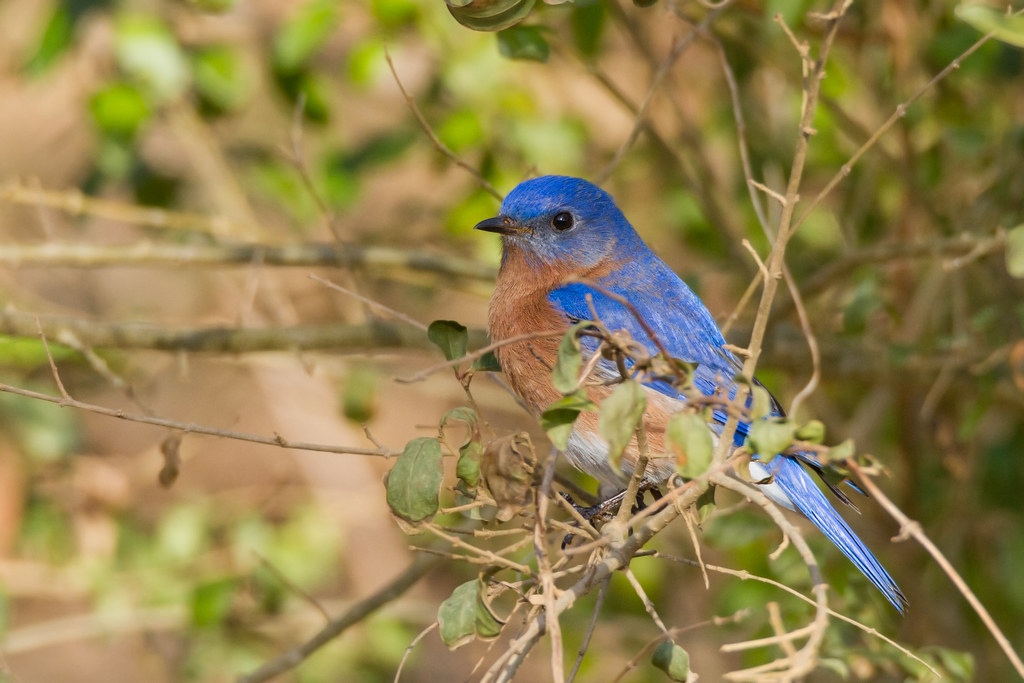
Maybe you are new to birdwatching and you’re wondering what the best birds are to look for. Or maybe you’re a homeowner and you’re wondering what the best birds are to have in your back yard. Well, I’ve been intentionally attracting bluebirds to my yard for almost two decades. Let me explain to you some of the benefits to attracting bluebirds to your yard. Are bluebirds good to have around?
As a general rule, bluebirds are good to have around in your yard. They provide natural pest control, you get to decide where they nest (by putting up a nest box), and they are extremely fun to watch!
In the rest of this article, I am going to dive deep into these three specific reasons why I think bluebirds are great birds to have around. Hopefully I can convince you to become an advocate for these birds. I’ll also share how easy it is to attract these wonderful birds to your own back yard.
Here are my top three reasons that I think bluebirds are great to have around!
3 Reasons Bluebirds Are Good to Have Around
1. Bluebirds Provide Natural Pest Control
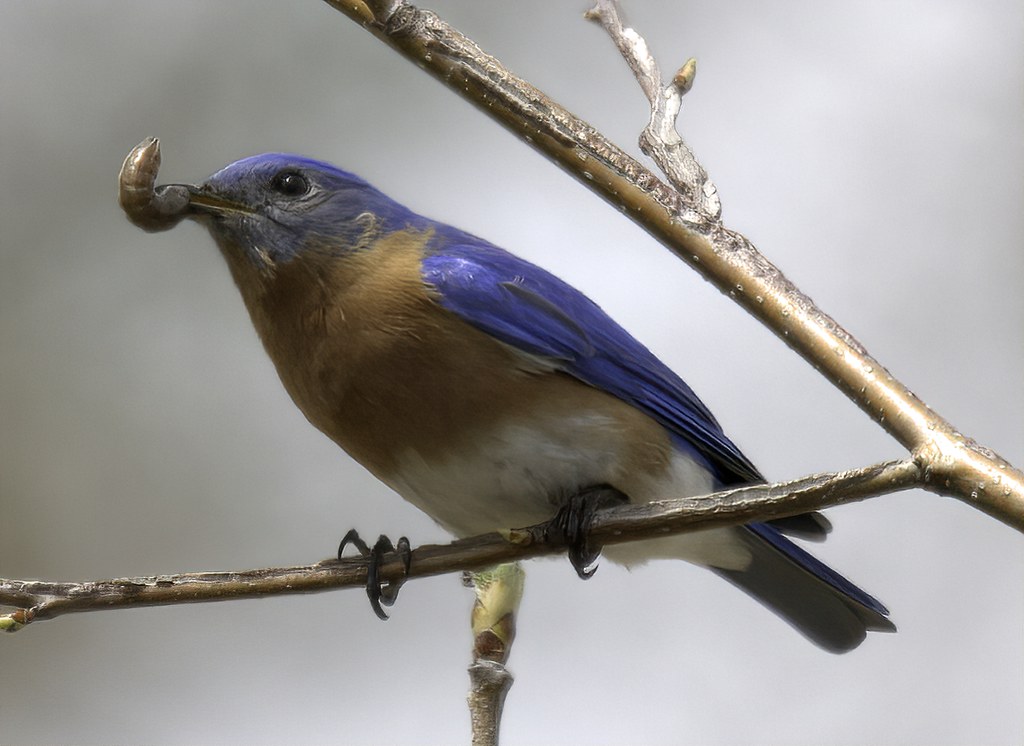
Since bluebirds’ natural diet consists of insects, beetles, spiders, and other small bugs, bluebirds provide a natural source of pest control. If you’re looking for a way to naturally control the insect population in your back yard or garden, try attracting a pair of bluebirds to your yard!
Some people claim that bluebirds are great at keeping down the mosquito population. This claim might be a little bit over exaggerated. Researchers have found, however, that spiders make up about 14% of a bluebird’s diet (source). That’s pretty cool. Want natural spider control? Look to the bluebirds!
Another study on bluebirds concluded that a bluebird’s diet also includes a large number of crickets, grasshoppers, caterpillars, and katydids. Bees, ants, and millipedes also make up a small part of their diet (source).
I know that I have seen bluebirds munching on beetles and small moths as well. So, there are plenty of creeping crawling creatures that bluebirds love to devour!
Imagine just how many bugs bluebirds eat every day during the summer. Not only do the adult bluebirds eat a new bug every 10-15 minutes, but they need to feed their growing baby bluebirds at about the same rate. That’s so many insects they are consuming every single day! If you’re looking for some natural pest control in your back yard, learn more about attracting bluebirds.
I’ve written a detailed article about how to attract bluebirds to your yard. Click here to read that article!
2. You Decide Where Bluebirds Will Build Their Nests (Mostly)
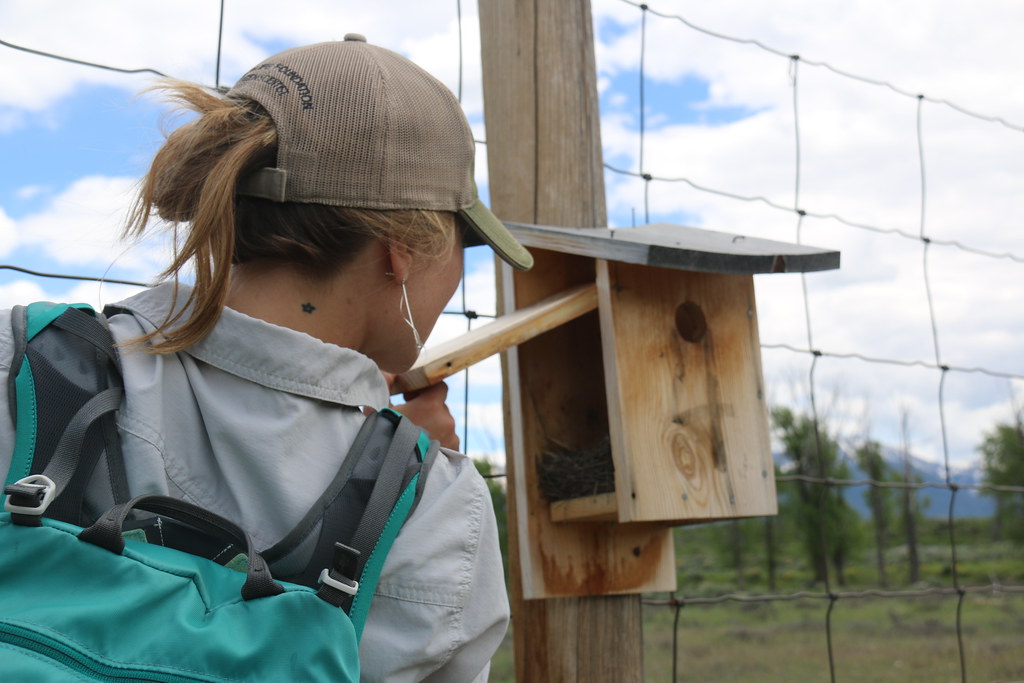
With robins, orioles, and hummingbirds, you don’t really have much control over where they build their nests. They pick the tree, it’s not up to you. However, because we can put up nest boxes, humans do have a large amount of control over where bluebirds build their nests. This can be good for bluebirds and good for us!
First, let me explain something about bluebird nests.
Bluebird Nesting Habits (and Why They Started Using Bird Houses)
Bluebirds are considered secondary cavity-nesting birds. That means that they build their nests in holes (cavities) that someone else created (secondary). Birds like woodpeckers are primary cavity-nesting birds because they peck their own holes into the sides of trees where they end up building their nest.
Where do bluebirds actually build their nests? Bluebirds naturally build their nests in old, hollowed-out woodpecker holes, in natural cavities found in dead trees, and sometimes in holes found in old fence posts. These are all examples of nesting sites that bluebirds look for. They’ll find some kind of natural cavity and the female will build a beautiful nest inside for her babies.
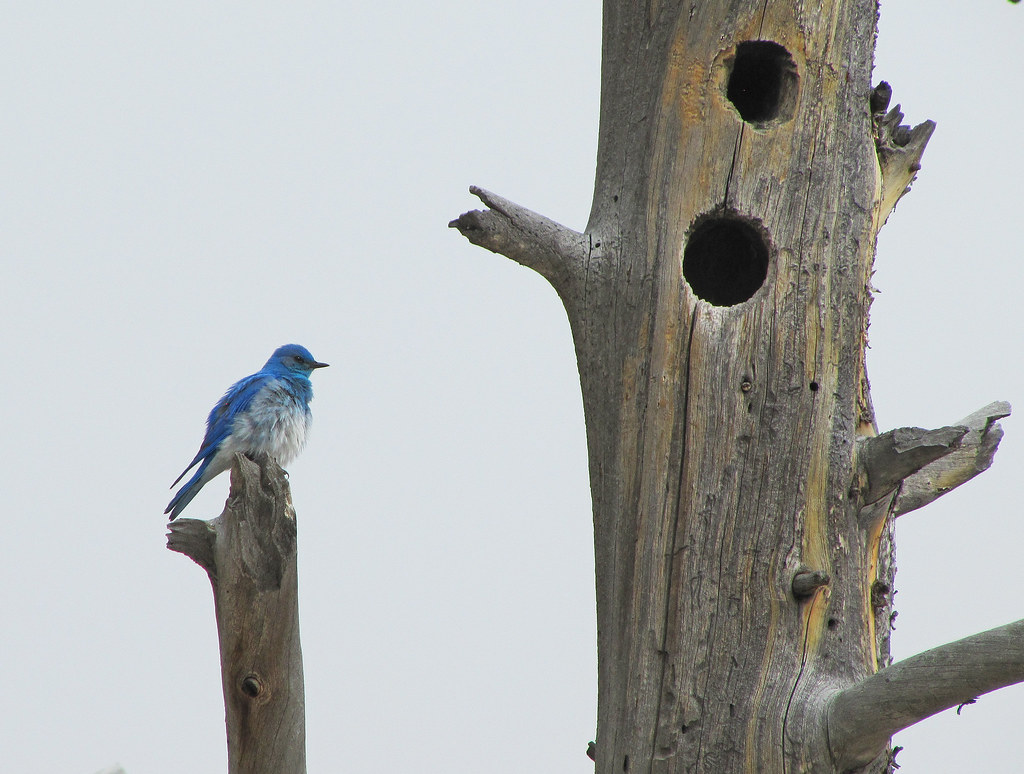
Over time, birds like European Starlings and House Sparrows became introduced to North America. These birds are also secondary cavity-nesting birds, and they compete fiercely with bluebirds for nesting sites. Bluebird populations declined due to competition from starlings and sparrows. So, people started putting up nest boxes (or bird houses) to give bluebirds an adequate place to nest. This practice took off and it was extremely beneficial to the bluebird population. People were able to put up a nest box, attract bluebirds, and keep other birds, like sparrows, away!
Putting Up A Nest Box for Bluebirds
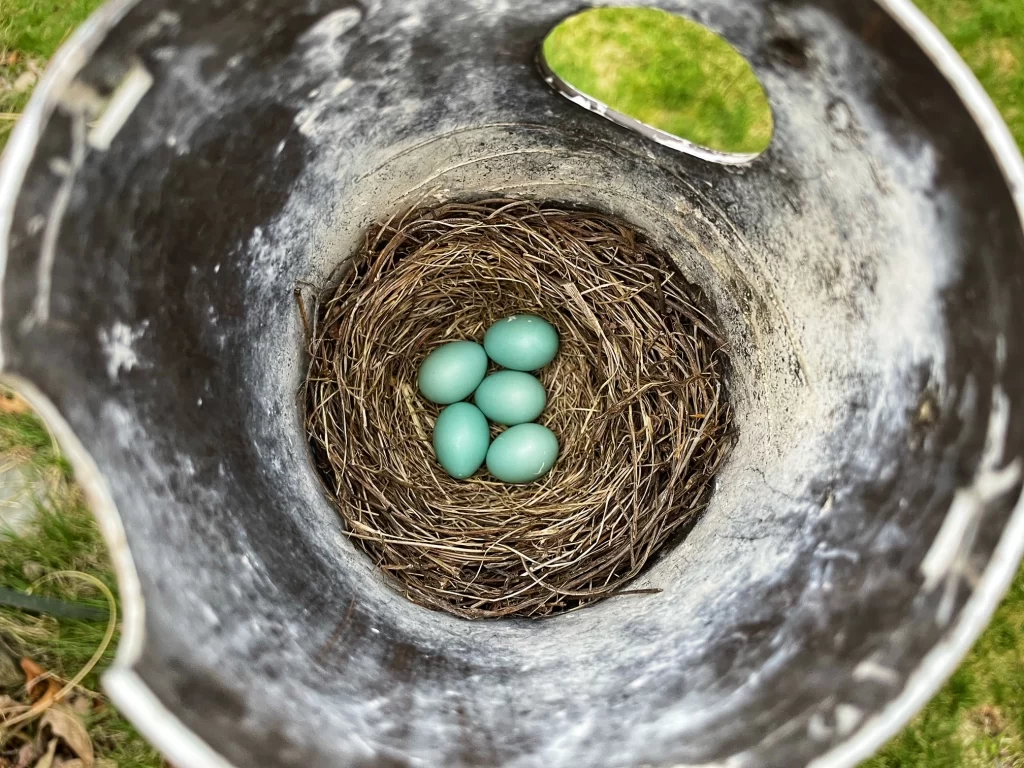
So, you can actually put up a nest box in your back yard and attract bluebirds to exactly the spot you want them to nest. It’s not fool-proof. Bluebirds might end up going somewhere else, and sparrows will still compete with them for the nest box. But, you do have a large amount of control over where they nest compared to other birds.
To find out exactly where you should set up a bluebird nest box in your yard, click here to read the article I wrote about that!
3. They Are Fun to Watch
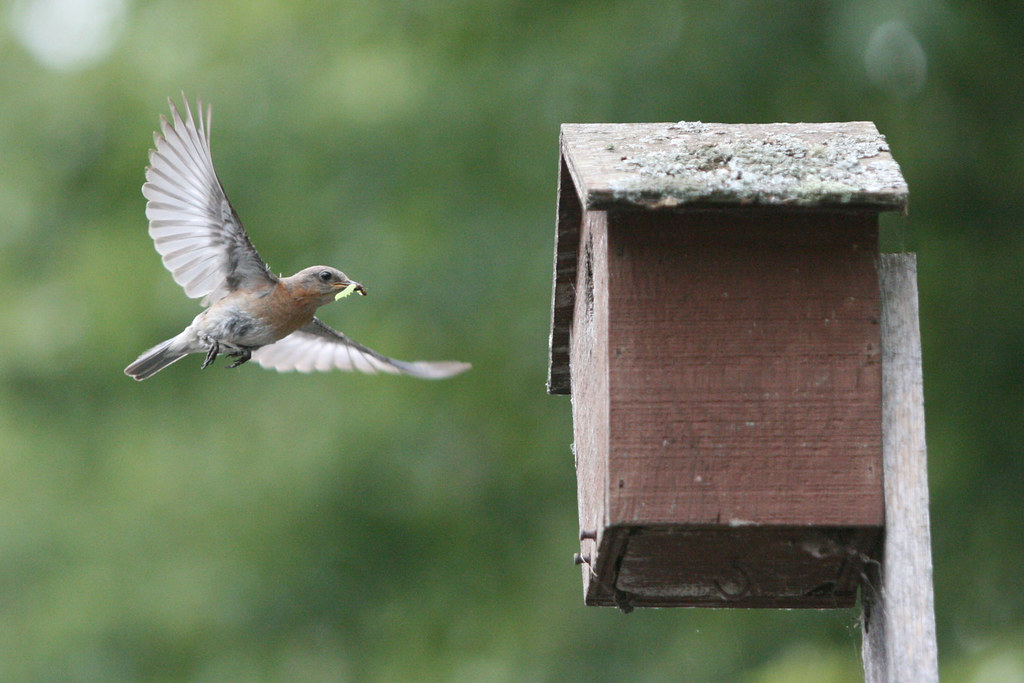
Finally, bluebirds are great to have around because they are extremely fun to watch! When bluebirds build a nest and their eggs have hatched, you can watch them bring food to their babies for hours on end. Every day they will pop in and out of the nest box every few minutes bringing their babies food to eat. It’s amazing to watch.
It’s also fun to watch how the adult bluebirds interact with each other. The male bluebird, for example, will defend the nest box from squirrels, other birds, and humans while his mate is laying on her eggs. If you get too close to the nest box while the female is laying, you might find the male bluebird swooping down at you to protect his mate!
Adult bluebird mates will also bring each other food and pass it off to each other with their beaks. It’s cute to watch. When the female is busy laying or sitting on her eggs, watch for the male bluebird to bring her a snack to eat. I’ll bet you’ll see it happen!
Conclusion
Bluebirds are amazing birds to have around! I hope I’ve convinced you to try attracting these birds to your own back yard. If you’re interested in putting up a nest box for bluebirds, check out this article called 10 Steps to Become A Bluebird Landlord – it’s got all the information you could ever need as a beginner.

